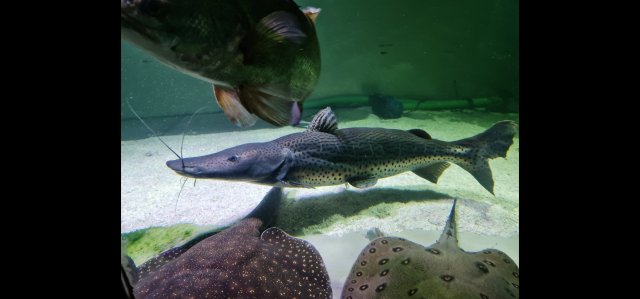I really cant see how these are being mistaken for corruscans the hybrids look nothing like a corruscans. The head and body shape is nowhere near the same. The only link i can see is the pattern but even that is only cos they both have spots.
Part of the problem I think is it being difficult in finding juvenile pictures. Also I have seen the 2 of these I have had transition between 3 different patterns, starting spotted then going completely striped to this so it makes it tricky identifying them for the layman
the one in the pictures above is the one on the right below but the one on the left below now also looks like the one above

Last edited by a moderator:




